Behind Nevada’s 1st Carbon-Neutral Data Center
The project is part of the $3 billion Energos Reno project, envisioned as the nation’s first carbon-free industrial park.
The world’s increased reliance on technology has accelerated western Nevada’s leading innovative environment around data centers. With the national data center market inventory expected to grow by 13.8 percent in 2021 alone, the industry is looking for sustainable alternatives to future-proof our planet.
TerraScale, a California-based clean infrastructure design and development firm, places green energy at the heart of its data center development. Last December, the company introduced Energos Reno, a 3,700-acre mixed-use development near Fernley, Nev. The $3 billion project will include the development of a data center with 500MW of on-site generated renewable power and will be a fully carbon-neutral off-grid facility.
In an interview with Commercial Property Executive, Mark Schonberg, president of TerraScale, alongside Soheila Yalpani, co-founder & COO, provide more details on the nation’s largest carbon-neutral industrial park, as well as emerging green technologies. They also discuss the challenges of building in a high-desert environment.
READ ALSO: What’s Ahead for Data Centers in 2021
Why is northern Nevada the best place for the Energos Reno pilot project?
Yalpani: In recent years, northern Nevada has been a growing hot spot for businesses, with a number of large, high-profile companies choosing to set up locations here thanks to its business-friendly climate and growing and talented workforce. This location also allows the data center to service customers from the Northern California/Silicon Valley area, but also Las Vegas and Southern California.
Additionally, TerraScale received the support and guidance of the Economic Development Authority of Western Nevada over the last several months.
What makes this particular site ideal for data centers?
Schonberg: The site has good access to major roads and railway and enough of a technical workforce available locally within the Reno area. There is also a low incidence of natural disasters, a low energy cost, a favorable climate and proximity to fiber infrastructure.
Elaborate on the data center facility’s state-of-the-art building design and features.
Schonberg: The data center will feature a flex (modular) design that allows it to be easily repeatable globally in any type of terrain. The cooling system will avoid heavy water use due to the limited amount of water in the area.
This data center will be 100 percent carbon emission-free via on-site power, featuring on-site behind-the-meter renewable energy generation/storage capable of backup and primary power for times when there is no sun, wind or utility. The Energos Reno facility also offers the ability to add protection features against loss and can easily inject satellite or 5G transportation options to provide customer data where needed anywhere in the world.
The project site will also act as a pilot ground for new and emerging green technologies, including locally generated renewable energy. Tell us more about these sustainable features.
Schonberg: Whether it is solar, wind, or geothermal, we intend to design an on-site power microgrid that can utilize any form of renewable energy. This will be coupled with advanced battery technologies that allow for cost-efficient, long-term battery power storage.
The energy will be produced on-site at a facility as opposed to energy from the grid. What are the advantages/disadvantages of this process?
Yalpani: If the grid or the main power source goes out, we can continue to supply power, ensuring that there is no disruption to the supply from power failures or blackouts. On-site energy, production and storage enable our development to be self-sufficient.
 In addition, with the growing number of climate change-related natural disasters and terrorism events, as well as other threats, having power sources resilient to the impact of such disasters is key, especially for critical facilities like data centers.
In addition, with the growing number of climate change-related natural disasters and terrorism events, as well as other threats, having power sources resilient to the impact of such disasters is key, especially for critical facilities like data centers.
What other companies are involved in the development process?
Schonberg: Ambri, Netorian, RedHat, EYP Mission Critical Facilities, JLL and additional partners which we will be announcing soon.
The project received increased support from state and local government, having applied for tax incentives. It is also located within a federally designated Opportunity Zone. How does this reflect upon the development process?
Yalpani: TerraScale applied for the standard tax abatement program from the state of Nevada through the Governor’s Office of Economic Development. This program offers a variety of incentives to help qualifying companies make the decision to do business in the state and is an affirmation of the state of Nevada’s commitment to bringing economic activity to the region.
What are the challenges you’ve come across so far, considering the project’s high-desert operations?
Schonberg: Data centers traditionally utilize significant amounts of water to run the cooling systems which keep the servers cool. With water scarcity existing as a growing local and global concern, TerraScale’s data centers are designed to require minimal water usage. This makes our data centers suitable for the desert location.
Other than the restrictive nature of water—which has been addressed in the design—the only significant issue is the fine dust. That will require special design criteria as well.
Tell us more about the project’s impact on the area.
Yalpani: Our project will create local jobs during, both the construction and operations phases. The TerraScale portion of the project will consist of five data centers totaling $250 million each. In addition, we are actively bringing in battery, logistics and waste management partners at the site. This is anticipated to bring the overall project value to approximately $3 billion. This ancillary growth and development will create significant local economic activity. It is our hope that the Energos Reno project will put Fernley, Nev., on the map as a hot spot for business.
What are some trends in the data center industry you expect to see going forward?
Yalpani: With the growing focus on climate change, sustainability will continue to be a leading trend in the data center industry as well, with demand for greener data centers on the rise. However, there is still much work to be done across the industry when it comes to renewable energy use in data centers.
We are hoping the data industry will look to how TerraScale is incorporating on-site renewable power and that our design will be the next big trend for the industry. Additionally, you are going to see a trend where small data centers start to become more prevalent in urban areas.

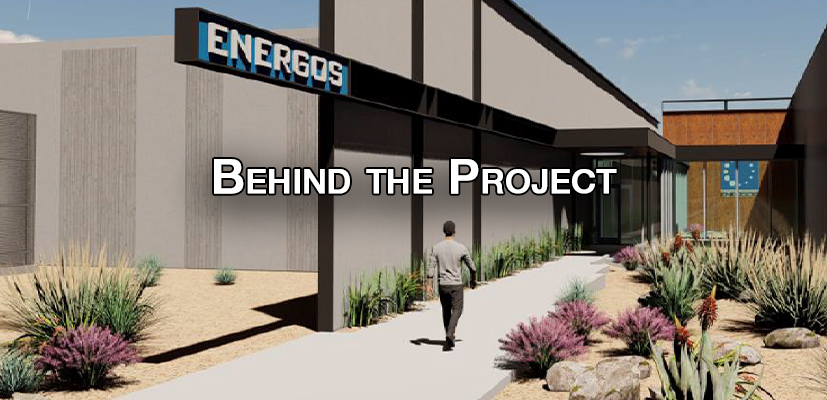

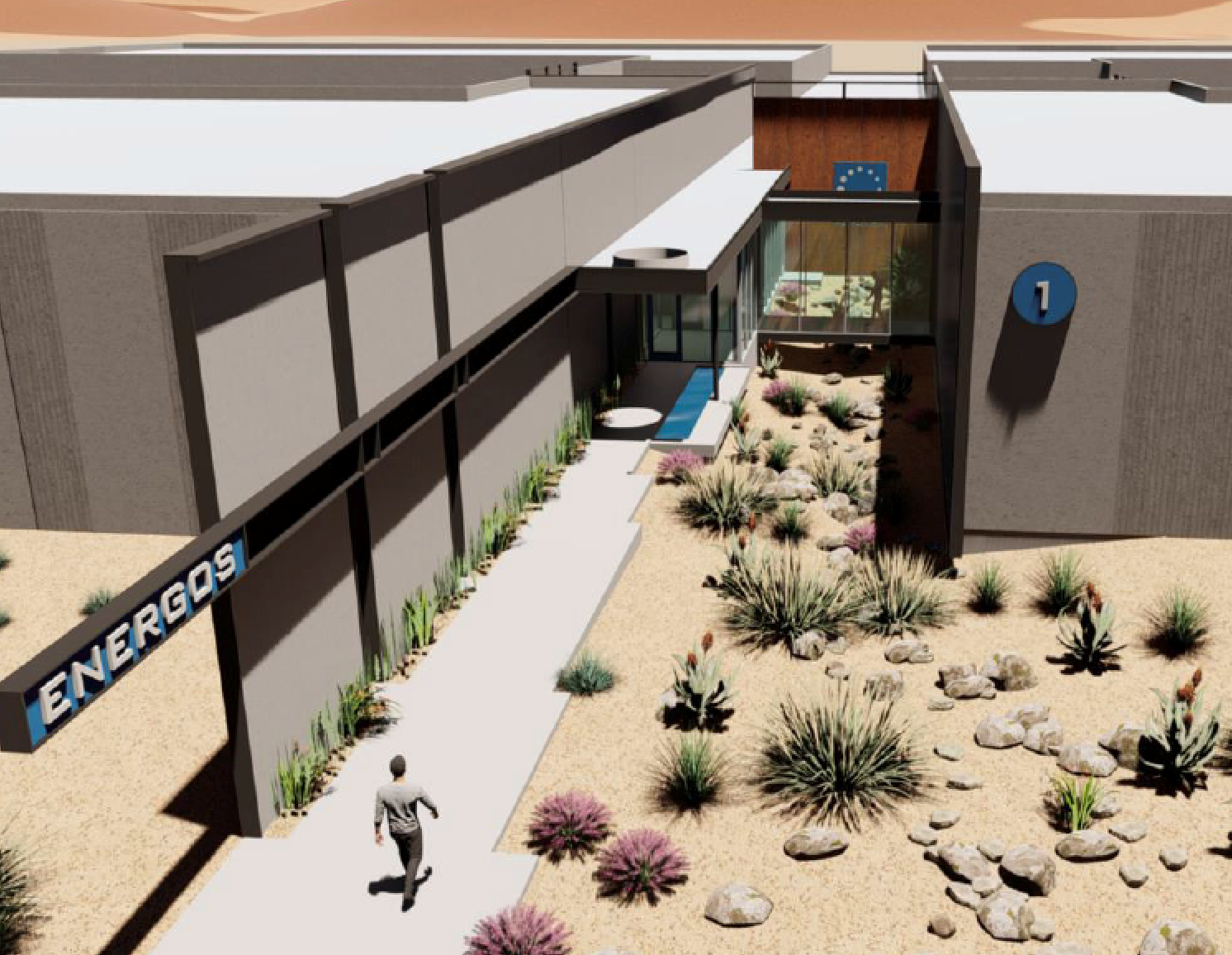



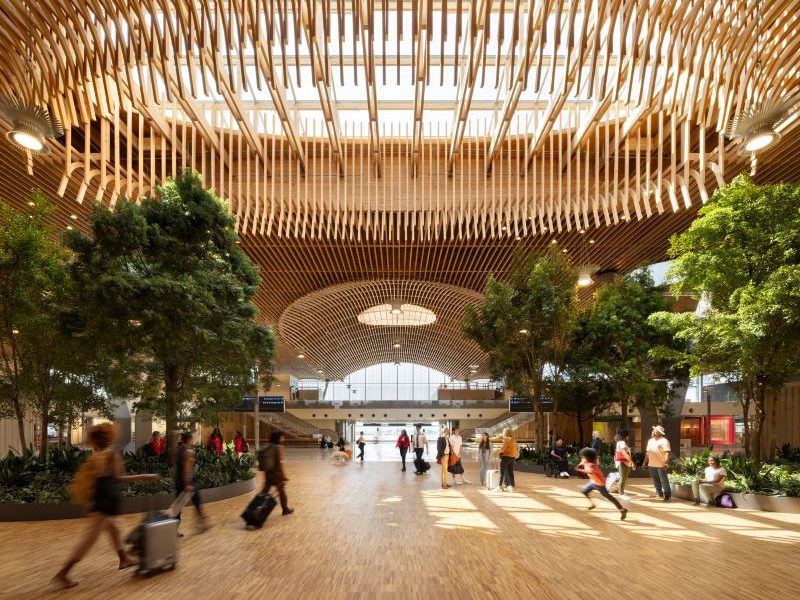
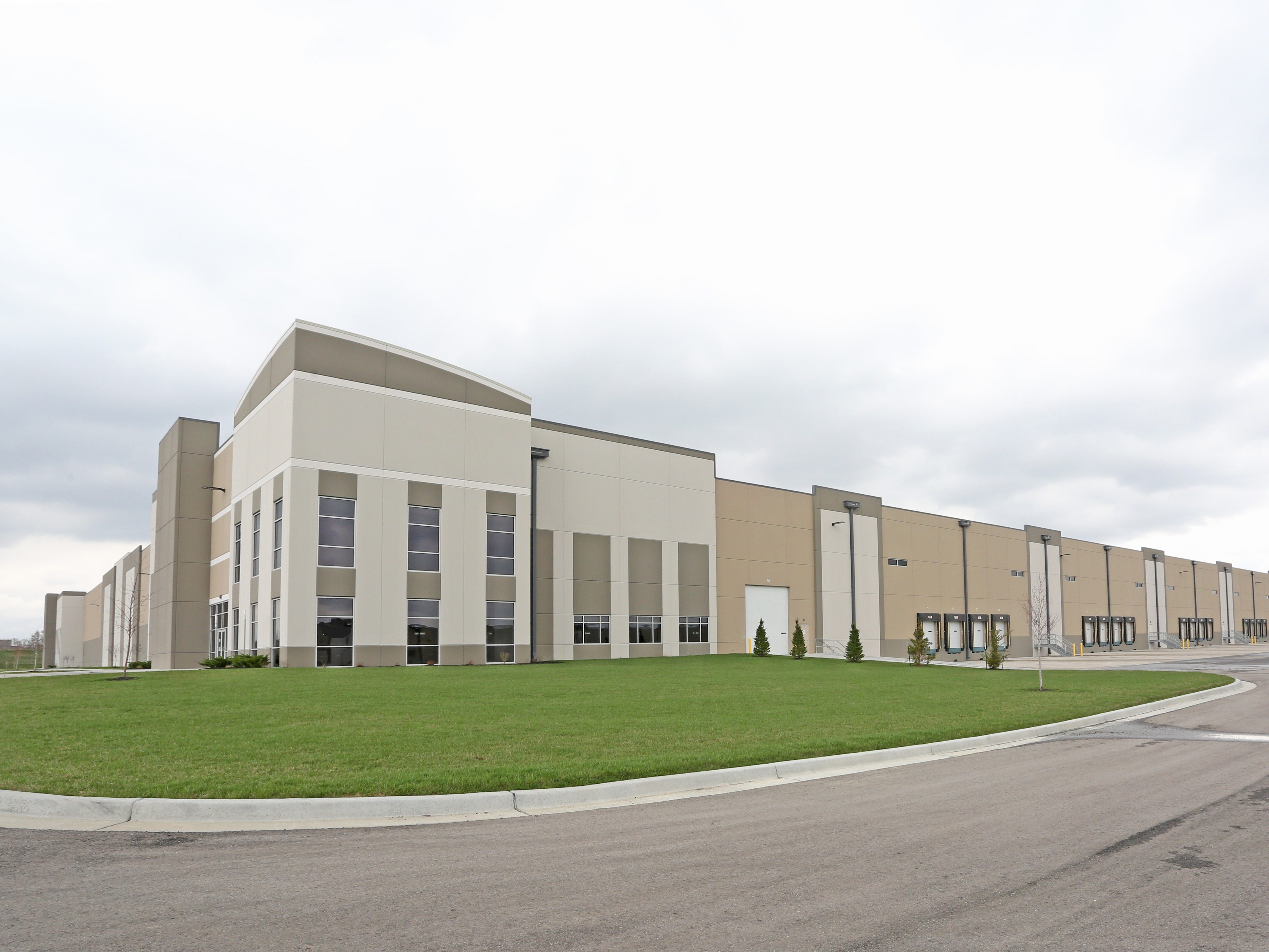
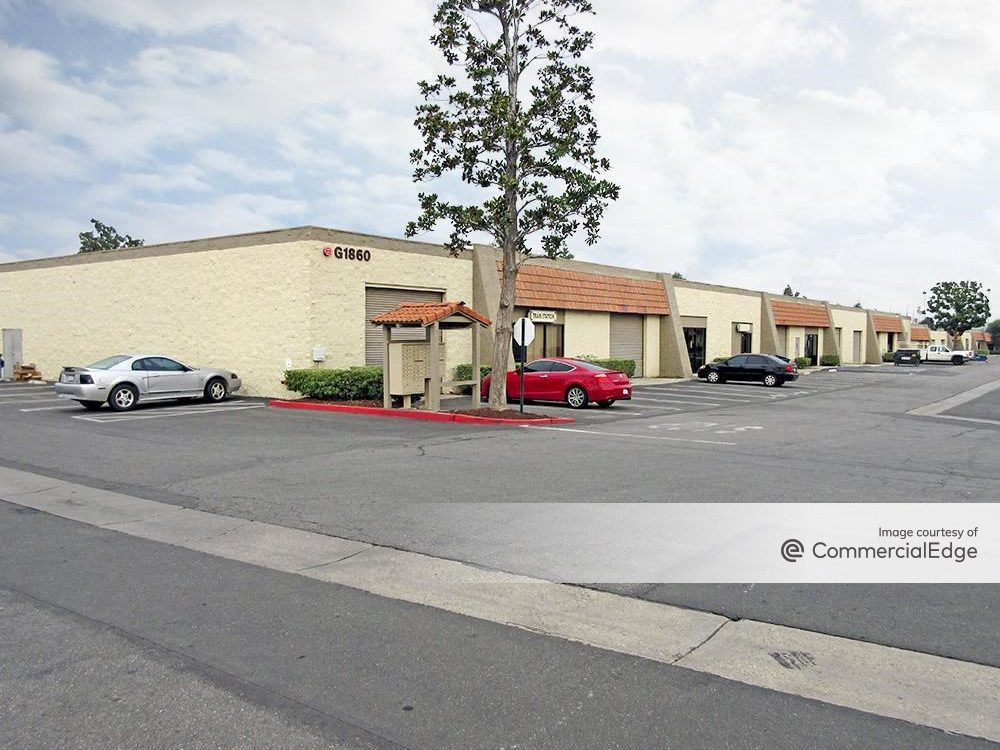
You must be logged in to post a comment.